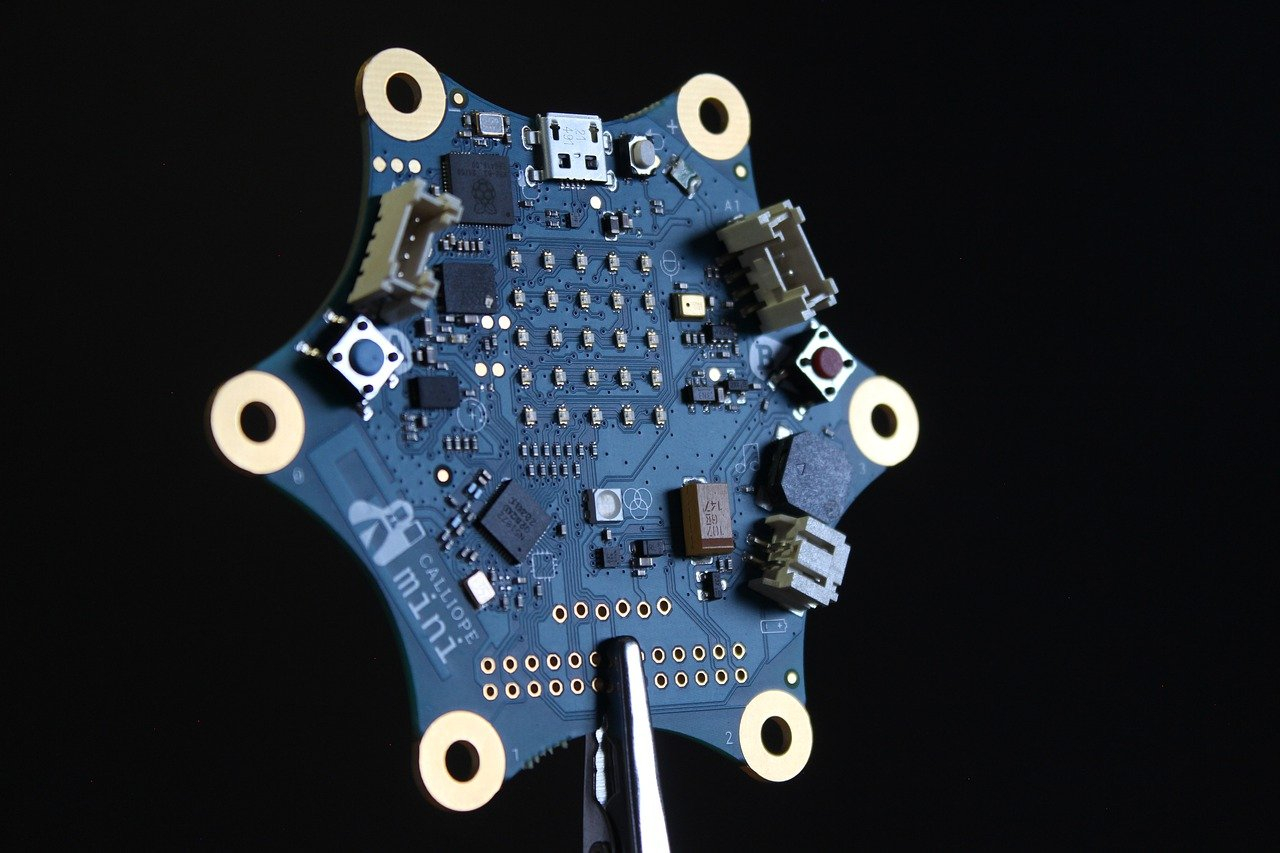Plasmonic Processors: Light-Metal Computing
Welcome to the future of computing, where light and metals are revolutionizing the way we process information. Traditional computing systems rely on electrical signals to transmit and store data, but what if we told you there is a way to use light to do the same job more efficiently? This is the power of Plasmonic Processors, a new technology that is taking the world of computing by storm. In this article, we will explore the world of Plasmonic Processors and how they are changing the game for the better.
The Rise of Plasmonic Processors
Before we dive into the details of Plasmonic Processors, let’s first understand what they are and how they work. Plasmonic Processors are a type of optical computing technology that uses plasmonic materials, such as gold or silver, to process and store information. This technology has emerged as a potential solution to the limitations of traditional computing systems.
In traditional computing, data is transmitted through wires, which causes resistance and generates heat. As a result, the speed and efficiency of the system are affected. Plasmonic Processors, on the other hand, use light to transmit and process data, which reduces resistance and produces less heat. This makes them not only faster but also more energy efficient than traditional systems.
How Do Plasmonic Processors Work?
Plasmonic Processors use a phenomenon called surface plasmon resonance (SPR) to manipulate the flow of light. When light interacts with a metal surface, it causes electrons on the surface to oscillate, creating a plasmon. This plasmon can then be used to carry and process information.
In Plasmonic Processors, the plasmon travels through a material called a waveguide, which guides the light to different components, such as switches and memory cells. These components use the plasmon to perform calculations and store data, just like transistors and memory cells in traditional computing systems.
Advantages of Plasmonic Processors
The use of plasmonic materials in computing brings a plethora of advantages. First and foremost, it offers a significant increase in processing speed. As we mentioned earlier, plasmonic processors use light, which travels much faster than electrical signals. This allows them to process information at blazing speeds, significantly reducing computing time and improving performance.
Another advantage of Plasmonic Processors is their energy efficiency. The heat generated by traditional computing systems not only affects their performance but also adds to their energy consumption. With Plasmonic Processors, the use of light helps reduce heat production, making them more energy-efficient and environmentally friendly.
Furthermore, Plasmonic Processors also have a higher data storage capacity. Traditional computing systems are limited by the size and number of transistors they can use, but Plasmonic Processors have the potential to store data at the nanoscale. This means that they can store more data in a smaller space, making them ideal for handling large amounts of information.
The Future of Light-Metal Computing
The potential of Plasmonic Processors goes beyond just faster and more energy-efficient computing. With their ability to process data at the nanoscale, they have the potential to revolutionize other fields such as medicine, communications, and even artificial intelligence.
In medicine, for example, Plasmonic Processors can be used for faster and more accurate data analysis, aiding in the diagnosis and treatment of diseases. In communication, they can help in the development of faster and more reliable internet connections. And in the field of AI, Plasmonic Processors can open up new possibilities for complex calculations and learning algorithms.
However, like any new technology, there are still challenges that need to be overcome before Plasmonic Processors become mainstream. Developing plasmonic materials that are cost-effective and compatible with existing technologies is one of the main obstacles. But with continuous research and development, we are getting closer to making light-metal computing a reality.
Conclusion
Plasmonic Processors are changing the game when it comes to computing. Their use of light and plasmonic materials offers faster processing speeds, lower energy consumption, and higher data storage capacity. And with continuous advancements and research, the potential of this technology knows no bounds. The future of computing is indeed bright, and it’s all thanks to Plasmonic Processors.










